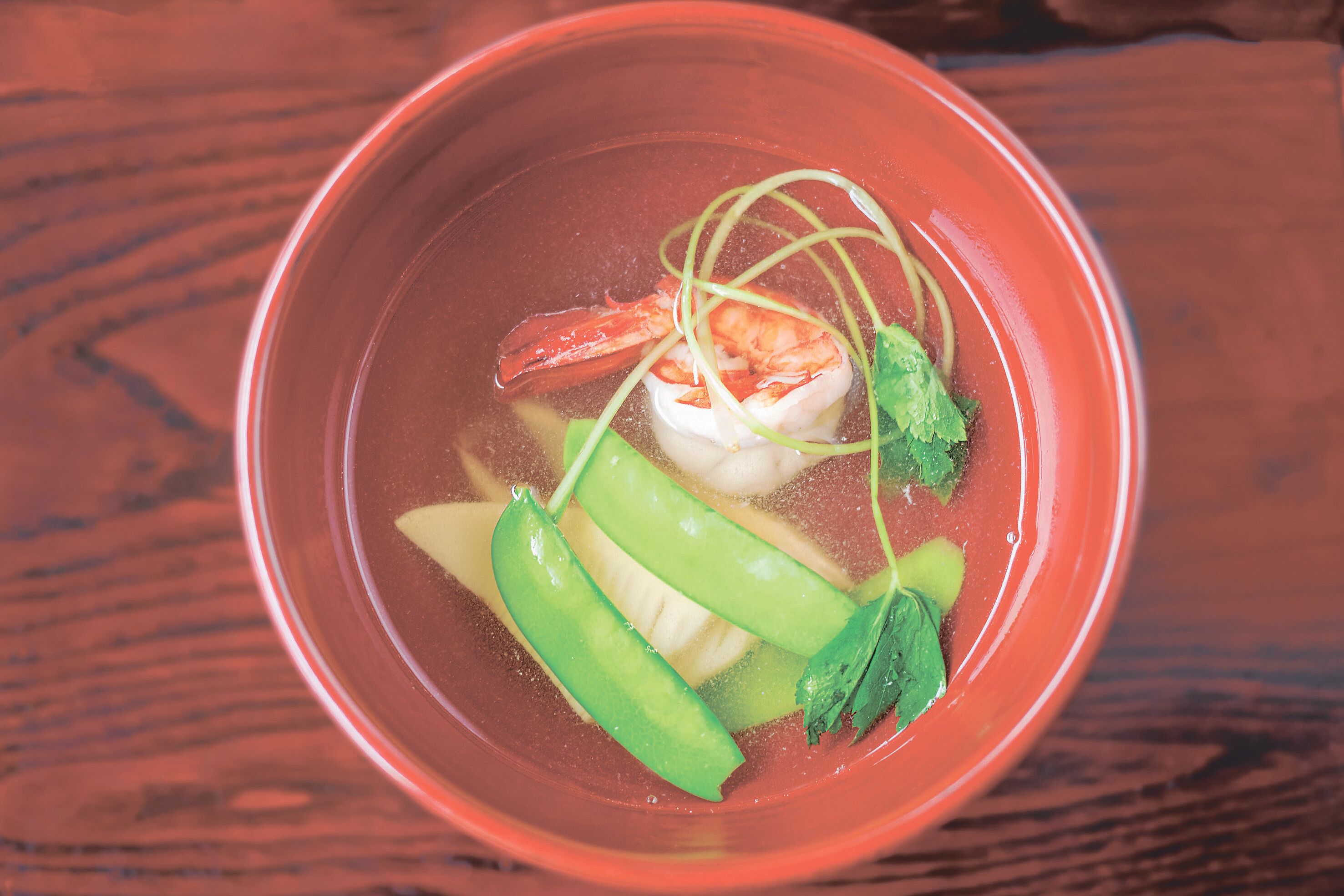When I think of the quintessential Japanese dish, what comes to mind is a simple bowl of soup — not miso soup, although that, too, is very Japanese. Instead, my mind wanders to the clear soup known as suimono or, more commonly, osuimono with the honorific "o" prefix (osumashi is yet another name for it), that is a microcosm of all that washoku (traditional Japanese cuisine) stands for.
The soup is based on a well-balanced, umami-packed dashi, the foundation of most savory washoku dishes. In addition, the wandane (items placed in the soup) should ideally reflect the season in which the soup is being served and provide a good balance of flavor and texture: all the tenets of washoku in a bowl.
Let's start with the dashi (soup stock) base. I have included dashi in many recipes in my articles over the years since it's so fundamental to Japanese cuisine, but the dashi in osuimono should be made using the best konbu seaweed and katsuobushi (skipjack tuna flakes) you can get your hands on.



















With your current subscription plan you can comment on stories. However, before writing your first comment, please create a display name in the Profile section of your subscriber account page.